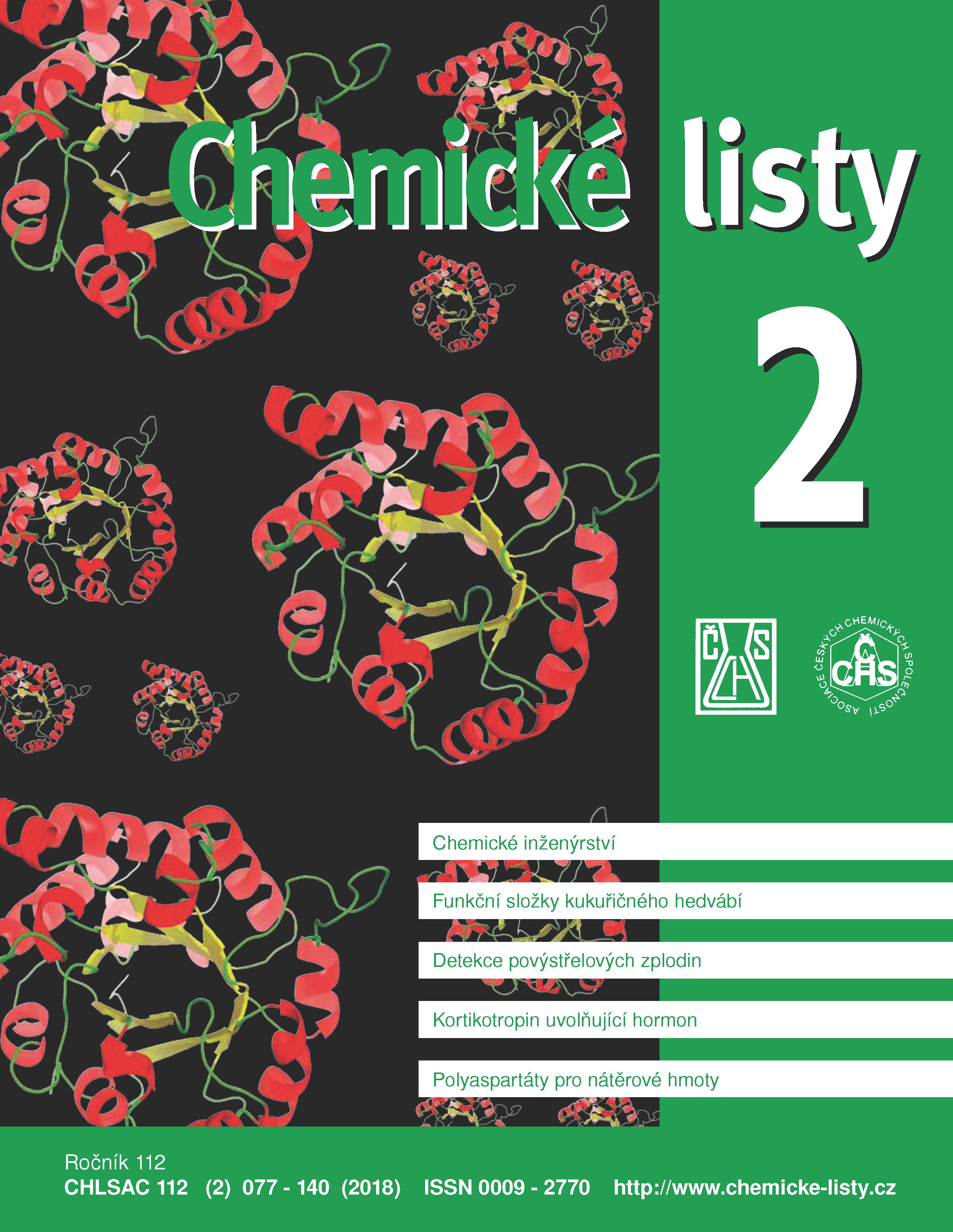Kortikotropin uvolňující hormon, od chemie k ligandům a jejich možnému terapeutickému využití
Klíčová slova:
neuropeptidy, kortikotropin uvolňující hormon, receptory, stres, agonisté, antagonisté, terapeutické využitíAbstrakt
This review summarizes past and recent findings related to corticotropin releasing hormone (CRH, CRF) regulation and its involvement in the neuroendocrine, autonomic and behavioral stress reaction. CRH belongs to a larger family of neuropeptides that also includes urocortins with different affinity toward the two types of CRH receptors, CRH-R1 and CRH-R2. The new advances in the knowledge of mechanisms of CRH and its receptor subtypes effects show an involvement of CRH in stress and stress-related disorders, such as depression, anxiety and other psychiatric and physic diseases. This review lists some ligands and new drugs that act as agonists and antagonists on CRH receptor subtypes. Recent studies open up new possibilities for finding antidepressants that would also influence defensive stress mechanisms. Because CRH receptors are also located in the periphery, the use of CRH antagonists can have therapeutic potential in the treatment and prevention of organic diseases. Mainly non-peptide antagonists that have a potential for the therapeutic use in psychiatric, behavioral and other disorders are prospective in this respect. The aim of the current research is to find non-peptide ligands that penetrate the cerebrospinal barrier and, by binding to the respective CRH receptor, will have an anti-stress effect.





